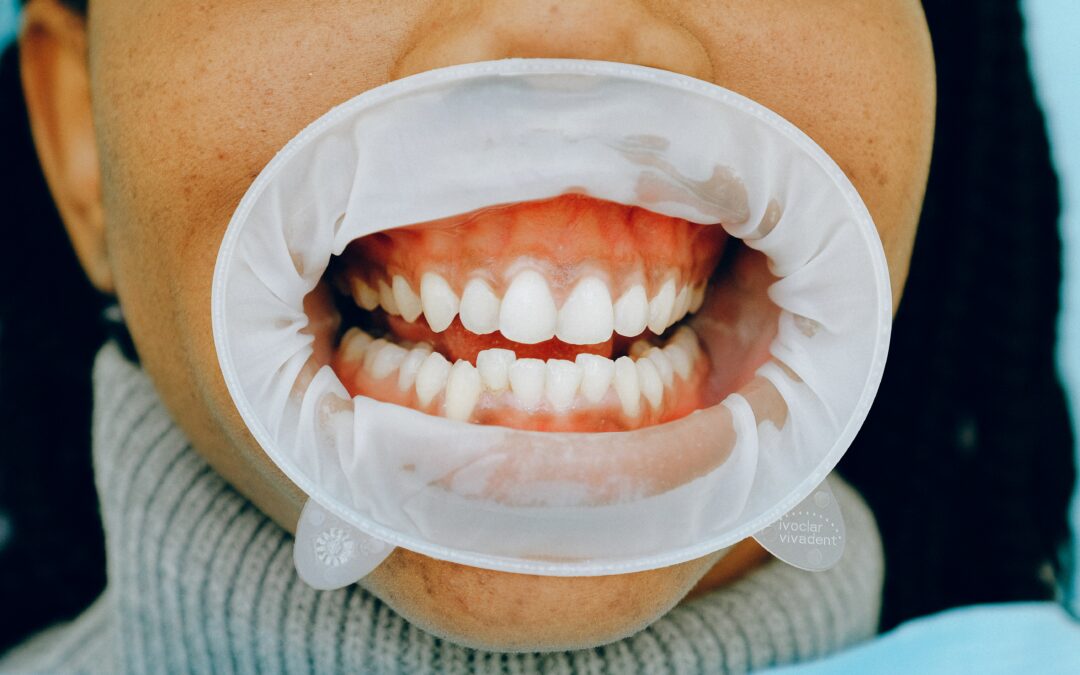Have you noticed that your gum line is higher than it should be when you smile? If so, you’re not alone. Research found that 3 out of 4 adults have some form of gum disease, including receding gums. Most often, a raised gum line is caused by receding gum tissue. Gum recession can cause discomfort and sensitivity, as well as several oral health problems, including cavities and tooth loss. Knowing the signs of receding gums, as well as natural remedies that you can use at home, can help you to avoid serious complications and surgeries down the line.
Causes of Receding Gums
You may be wondering why you are dealing with receding gums. Although the answer can vary from person to person, some of the most common causes of gum recession include:
- Aggressive tooth brushing
- Periodontal disease
- Gingivitis
- Trauma (injuries to your teeth, mouth, and gums)
- Genetics
- Tobacco use
- Medical conditions, such as diabetes
- Crooked teeth or a misaligned bite
How to Treat Receding Gums
Scaling and Root Planing
This procedure can be thought of as a “deep clean” of your teeth. Your dentist will scale the tooth, removing any plaque or tartar buildup from the surface. Next, he or she will fold away gum tissue where needed and remove any excess debris or bacteria that has accumulated there. Your teeth will then be rinsed and cleaned thoroughly. Lastly, this is followed by “planing” the root area (smoothing it out) so that bacteria will be unable to easily attach themselves.
Gum Tissue Graft
A gum tissue graft is a regenerative procedure that uses healthy tissue taken from either the roof of your mouth or an adjacent, healthy growing tooth and then grafts it onto the damaged area. This allows the healthy tissue to grow around the graft area and heal naturally.
Regeneration
During this procedure, a special, stimulating protein is used within the affected gum area to promote the growth of gum tissue.
Composite Restoration
This procedure involves using composite resins, which are colored precisely to match your teeth, to cover any exposed roots. Composite restoration helps to protect sensitive roots, as well as eliminate any gaps between the teeth and gums.
Natural Remedies for Receding Gums
If you are looking for a natural at-home remedy to try, here is a list of a few natural remedies for receding gums:
- Green tea: It contains many properties that help to enhance your tooth and gum health. Try drinking 1-2 cups daily, while leaving out the sugars and other flavorings that negate the benefits and give bacteria something to feed on.
- Oil pulling: This practice is said to help reduce plaque buildup, control bacteria, and reduce the symptoms of gum disease. Make sure to use extra-fine coconut oil that is refined for human consumption of labeled food-grade. To do this, begin by swishing a tablespoon of coconut oil in your mouth. You can begin slowly at around 5 minutes and work your way up to 15-20 minutes. After swishing the oil in your mouth, spit it out in the trash and rinse your mouth. Lastly, brush your teeth.
- Use a hydrogen peroxide solution: Mix ¼ cup of 3% hydrogen peroxide solution with ¼ cup of water. Rinse your mouth with this mixture for approximately 30 seconds and then spit it out. Ensure that you do not swallow any of the liquid. It is recommended that you repeat this 3 times a week as it helps with inflamed and swollen gums.
Taking Care of Your Teeth
Although there are great at-home remedies, make sure that you visit your local dentist if you notice any signs of gum recession. They may recommend flap surgery, grafting, or scaling and root planing to help save your gums and teeth. Additionally, they may recommend using antibiotic gel, antimicrobial mouthwash, or enzyme suppressants if you have an underlying issue that contributes to your gum recession.
Of course, the best way for you to prevent receding gums is by taking excellent care of your teeth. If you notice any signs of gum recession or have concerns about your gum health, contact us to schedule your appointment today.


Recent Comments